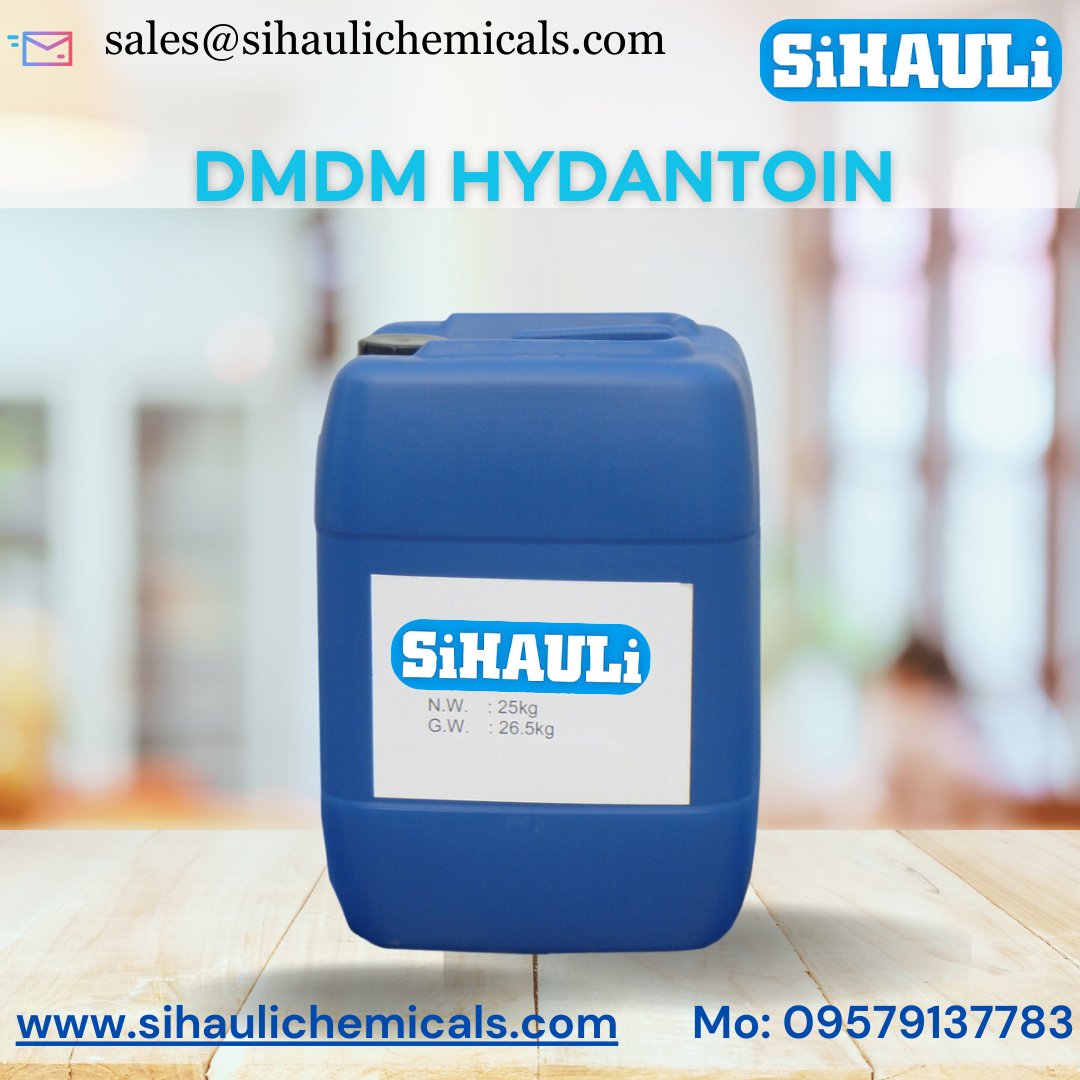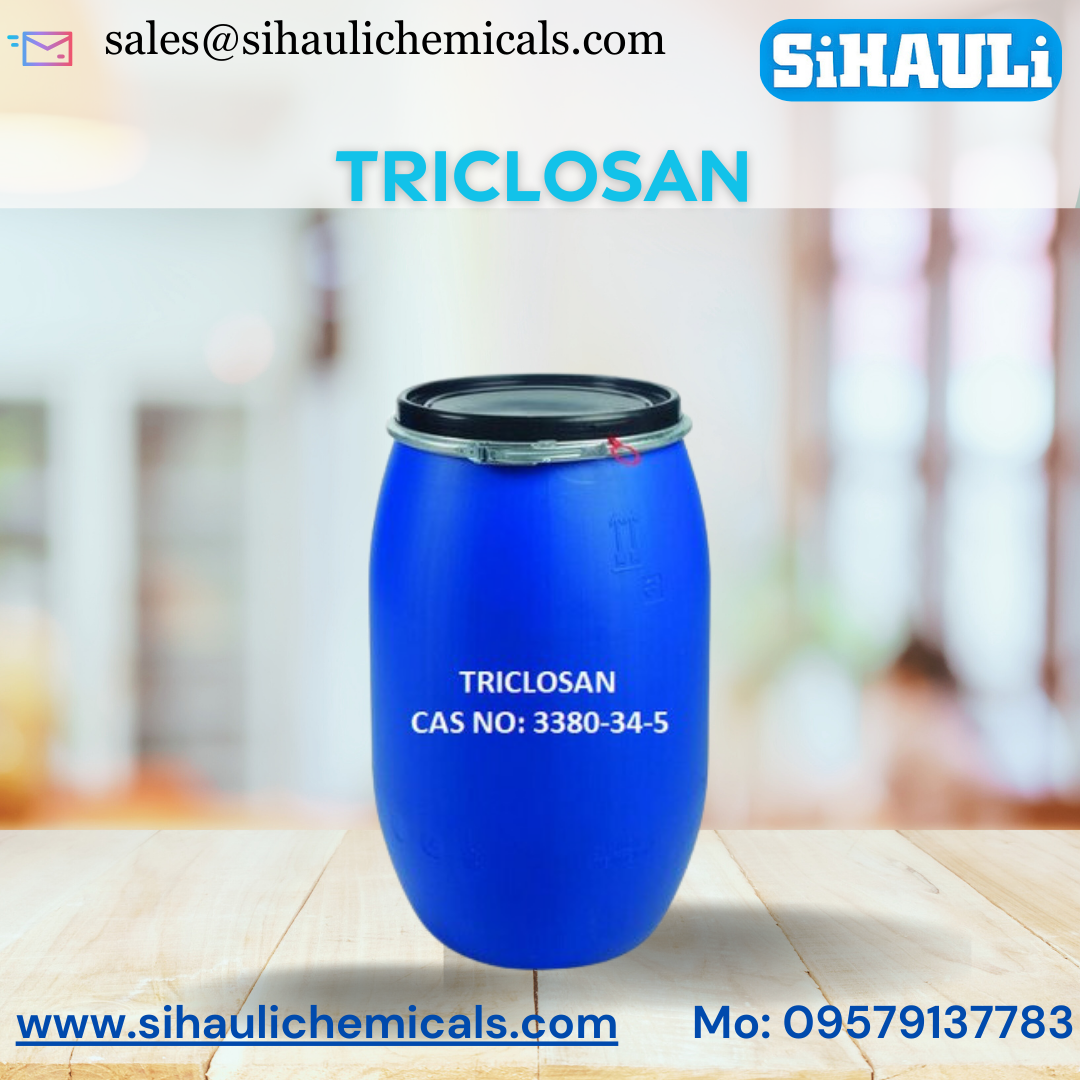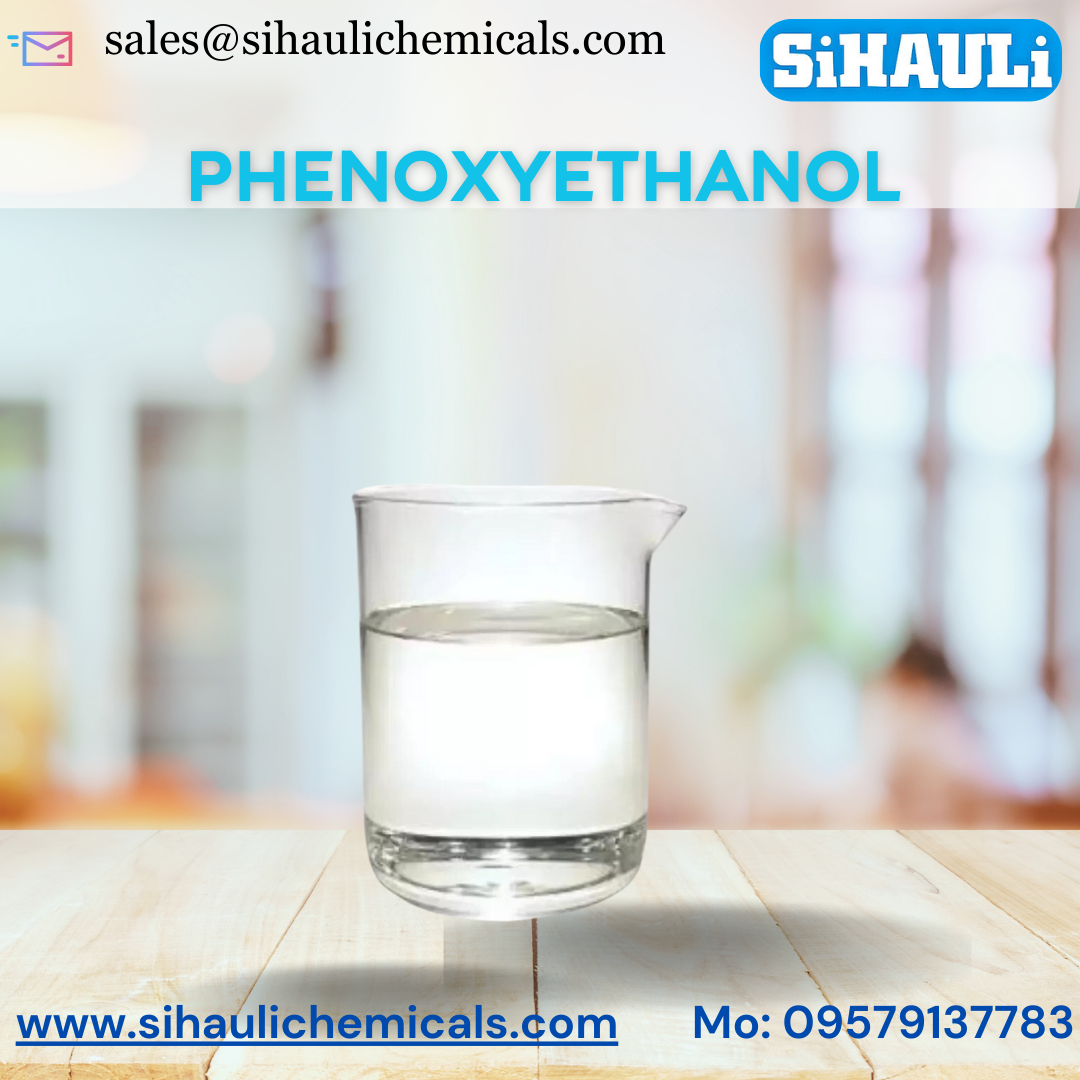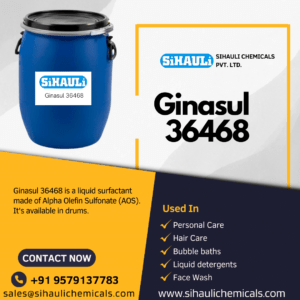Phenoxyethanol
Phenoxyethanol
The chemical formula of Phenoxyethanol is C8H10O2. It increases the shelf life of products that may otherwise spoil too quickly by developing a bacterial or fungal layer on them. What makes Phenoxyethanol a really popular ingredient in the cosmetic industry is its faint rose-like smell that is very pleasant.
CAS NO : 122-99-6
EC NO : 204-589-7
Molecular Formula : C8H10O2
Chem/IUPAC Name : 2-Phenoxyethanol
Technical Analysis
Specification Typical Values
Colour (APHA) Colorless liquid
Boiling Point – 247°C
Melting Point 11-13°C
Product Form Liquid
Freely soluble in ethanol, methanol, propylene glycol; soluble in fats and oils.
Description
What is Phenoxyethanol used for?
- Skin care: If the skin care products are not preserved properly, they develop various kinds of bacteria and fungi that can be very harmful if used. For this very purpose, Phenoxyethanol ingredient is added. Apart from increasing the shelf life of many skin care products, it has been proven effective in reducing acne
- Hair care: In products like shampoos and conditioners, it is especially loved because of its mild rosy smell. It is helpful in stabilizing the products as it does not react with other ingredients and/or with light and air
- Cosmetic products: With increasing demand for paraben-free cosmetic products among health-conscious consumers, Phenoxyethanol has become a very popular preserving ingredient.
Phenoxyethanol is found naturally in green tea. However, for commercial purposes, it is made synthetically in the lab and is known as a ‘nature identical’ chemical. When ethylene oxide and phenol are treated in an alkaline medium, it results in this light-colored and rosy smelled ingredient.
Phenoxyethanol Exposure to phenoxyethanol has been linked to reactions ranging from eczema[2] to severe, life-threatening allergic reactions.
Phenoxyethanol is a colorless, clear, oily liquid. It has a faint aromatic odor at room temperature. It’s produced by reacting phenol and ethylene oxide at high temperature and pressure. It occurs naturally in green tea.
Phenoxyethanol
Phenoxyethanol is considered safe for skin and hair if used in very low concentrations. The recommended concentration is 1% or less. A patch test is recommended prior to full application. It is not to be used in products like nipple creams that can be ingested by infants as they can be very harmful. Apart from this, Phenoxyethanol is a biodegradable preservative and is considered safe for the environment. When chemically produced, it is ritually pure and is considered halal.
Phenoxyethanol is classified as
Phenoxyethanol Application
We have hired deeply knowledgeable people in this field. Also, these are selected through pre-defined selection procedures. Every unit of our organization is managed by experts. All required machines for production are updated as per the latest technology. As a result, we are able to deliver the bulk quantity of consignments to the clients on the proposed time frame. In addition to this, our major market encompasses the Caribbean, south/west Africa, North Europe, Middle east, south/west Europe, Southeast Asia, and North America.
Our Export Location as a Sodium Cocoyl Glycinate Manufacturer, Supplier, Exporter, Stockist from India.
|
|
|
|
|
|








Reviews
There are no reviews yet.